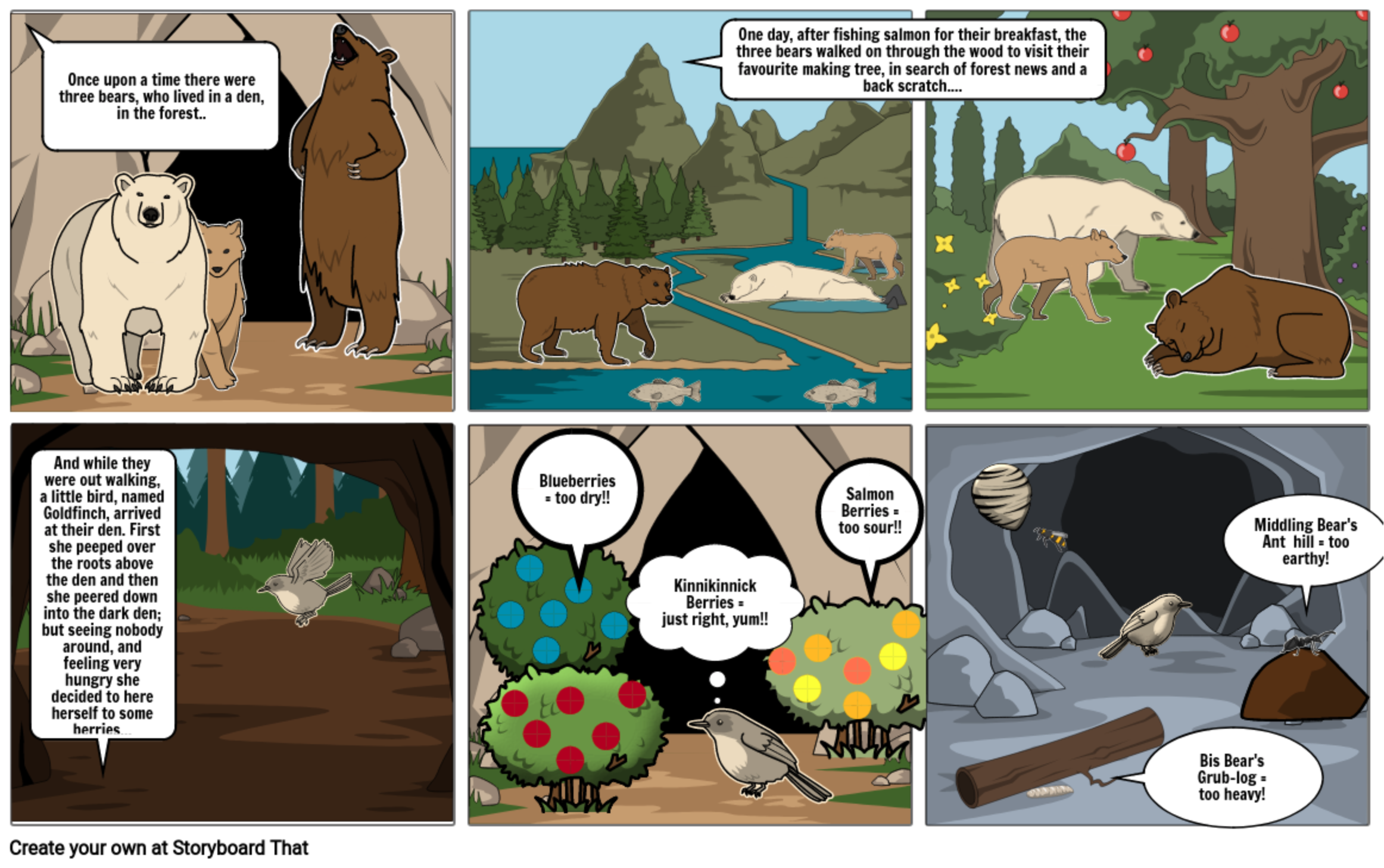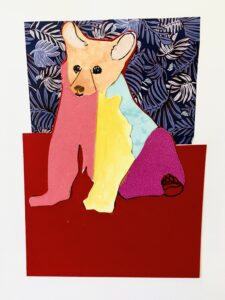note: there is a little ruckus in the audio during the first few seconds, I think it was my earring hitting my mic…classic me & apologies.
note: there is a little ruckus in the audio during the first few seconds, I think it was my earring hitting my mic…classic me & apologies.

J. Riddell Matte (2021) It only took me all term…[photograph of a mess on my kitchen table]
It only took me all term to blog about my Personal Learning Network (PLN).
On Wednesday, I left the EdTech Camp ‘Assessment’ breakout room full of hope and inspiration at all that the other participants in the breakout room have accomplished, what they are still working towards and as I head into my first practicum – what is possible in terms of assessment. Then, I picked up my kids from school, made snacks, immediately joined a recommended facebook group and realized that I had been thinking that I needed to feel as though I was ‘connected’ to some greater network-machine, like a fancy pre-covid cocktail party full of small talk with my peers, teachers and other education professionals. But, before I made dinner and did more homework that evening, I also realized that for me, a PLN, is about curating support in ways that are convenient right now. I know that joining one facebook group is not enough, but I like that there are facebook groups, and although Twitter and longterm blogging are not for me, Instagram is. Instagram is easy to engage with, practical and informative. I like the image driven platform, the story options and I truly appreciate all of the educational professionals who are willing to share their pedagogy and practice.
I believe that my personal learning network will expand, as the reality of the pandemic shifts and as my professional practice evolves, but for now, I’m working on it.
First, I would like to say that I wholeheartedly agree that Minecraft is an incredible learning tool. I have witnessed it in action with my own kids, both in an educational context and free play (which is arguably educational as well) and I am continually impressed with the real world knowledge they glean from the game and the incredible structures that they are able to effortlessly build.
But….
I have SO many questions!!
In discussion with my pod I have been reassured that the game is really not that complicated and advised that a mouse would be better for navigating than the Mac tracking pad that I’m currently using…..but I am not even sure that I want to invest the play-time required solve some of my Minecraft mysteries, especially when we are already spending so much time online.
Ms. James presented a very engaged perspective, one where she was just as passionate about the program as her students, but what if you’re not? What if, as a teacher, you want to engage your students and enhance their learning opportunities and enable them to experience this tech, enjoying all the benefits that come along with that, but don’t love gaming yourself? How far down the gaming path do we need to go, to properly/successfully implement these programs in the classroom?
Update:: Since writing this post, I have played Minecraft with the fantastically supportive and patient members of my tech pod. I am happy to report that my kid built me a crafting table, I learned how to pick flowers, gather seeds, collect chicken eggs, cut down trees and I even built a fence with a friend (which we then lured a flock of chickens into!)…and it was actually kinda ok!?
Knock, knock…Who’s there? Diamond….Diamond who? You’re diamond me crazy!
A storyboard is used to organise the text across the number of available pages of the book, to iron out any problems. Illustrations are usually sketched on the ‘pages’ of the storyboard, so the author, illustrator, editor and designer can each see the author’s concept of the book. Storyboarding helps the author to nut out any issues, and detect any dead spots or sequence dilemmas.
With this in mind, I have begun storyboarding for my bigger piece and tech project, first using paper & pencil (image directly below) and then experimenting with the online program Storyboard That –to test out my ideas, and the process of using an online/digital format.

J. Riddell Matte (2021) Storyboard WIP

J. Riddell Matte (2021) Storyboard WIP #2
My thoughts….
I think that the ‘Storyboard That’ product looks very professional. The interface was intuitive and I loved that there was a wide variety of images to choose from. I appreciated that it offered different positions for the animals to be in, that you could shift the direction of images and mess around with the colours. I enjoyed adding text, the options provided for the text bubbles were fun and I liked the creative process of considering the story to allow for the images to carry some of its detail.
I also found the process to be a bit tedious. It was often tricky to maneuver the images, to the point where the whole background would shift when I tried to select and edit smaller components. As you can see above, despite having saved my work many (many!) times, there is missing/dropped text from the final image, which is frustrating. I am unsure as to how user friendly this platform would be for students, but that being said, this is my first time trying it and I am using the free format. I think that this would be a great platform for classroom use on smaller projects, as it allows for creativity without the risk of having your artwork judged, as well as story-telling or information sharing, but would require a larger chunk of time be made available for students to really play and enjoy the process.

J Riddell Matte (2012) Cut-out Bear
One of the suggestions that has come up multiple times throughout my inquiry, is that successful illustration requires a personal creative style. This style may vary from project to project, but should be consistent over the course of an individual story.
In an effort to work on my style, I have been playing with various art techniques, materials and attempting to push myself outside of my comfort zone. I recently started a new course on Domestika – Story Illustration with Paper by Estrellita Caracol, which has been wonderful so far and the image of the bear, to the left, is a product of this course.
This week I will continue working on my storyboard layout, creating images and experimenting with the ComicLife program. I have also taken out a number of graphic novels from the local library, to look at how they have been designed re: the layouts, colors and story.
Graphic Novels
Sugar Falls; A Residential School Story by David Alexander Robertson & Scott B. Henderson
Drowned City; Hurricane Katrina & New Orleans by Don Brown
Lucy Dreaming by Max Bemis & Michael Dialynas
Be Prepared by Vera Brosgol
Additional Resources
Core Ipad Apps for SD61 – is a great resources to check-out the apps that are regularly in use/available on SD61 tablets.
ComicLife is the graphic novel program used by SD61 ( I am excited to try it next!)
A Brief History of Children’s Picture Books and the Art of Visual Storytelling by Maria Popova @ brain pickings.com
Claire Lordon Design: Made with A Smile has loads of interesting information and suggestions around planning, writing and illustrating children’s books.
Christine Sharp: 12-part Guide to Writing and Publishing Children’s Books
“We have to go from what is essentially an industrial model of education, a manufacturing model, which is based on linearity and conformity and batching people. We have to move to a model that is based more on principles of agriculture. We have to recognize that human flourishing is not a mechanical process–it’s an organic process. And you cannot predict the outcome of human development. All you can do, like a farmer, is create the conditions under which they will begin to flourish.” – Sir Ken Robinson [source]
I love this quote. I love the possibility it presents. I love the idea of simply being a farmer, cultivating the environment and in doing so supporting young people. I love that Sir Robinson sees young people as Whole, not incomplete, not to be controlled or changed, but rather organic beings on their own journeys and if we are lucky enough to play a small part in that, we should do our best to do our best. I love that it leaves room for all of us to grow and change.
The level of engagement, self-awareness and personal growth which the students of High Tech High demonstrated, reminded me of the young people at A.S Neill’s Summerhill School (1960’s). Both schools embrace a student centred model, where their young people are encouraged to engage deeply with the learning material, as well as to reflect on their personal development and goals. Although, I value the level freedom and choice that Summerhill students were given around their learning, I greatly appreciated the example that High Tech High offered in providing both a traditional learning opportunities mixed with the flexibility of incredible learner-led project based challenges.
Additional Resources
Summerhill, a short documentary by Dennis Millar, presented by the National Film Board of Canada, 1966.
Neustatter, Angela. (2011) Summerhill School and the do-as-yer-like kids. The Guardian.
High Tech High Student Projects – a collection of student projects, organized by grade and subject
© 2024 jen & paper
Theme by Anders Noren — Up ↑